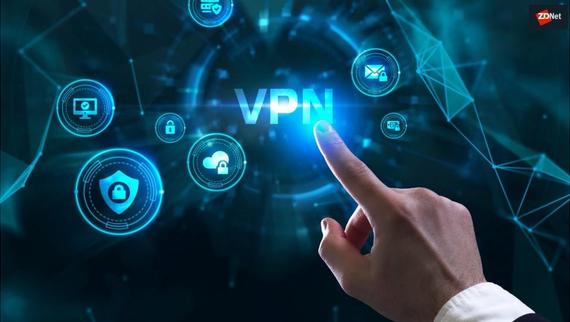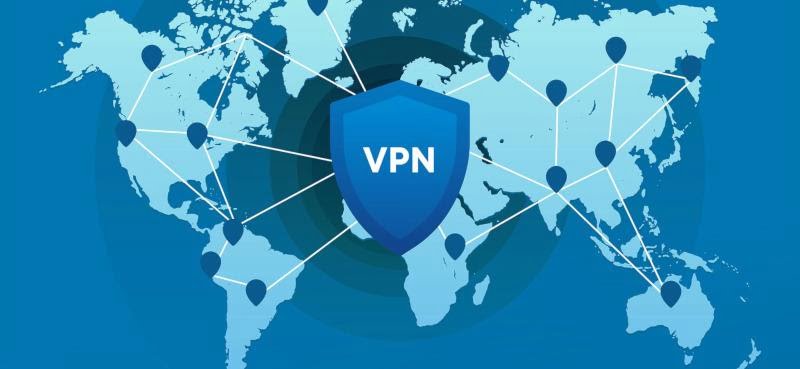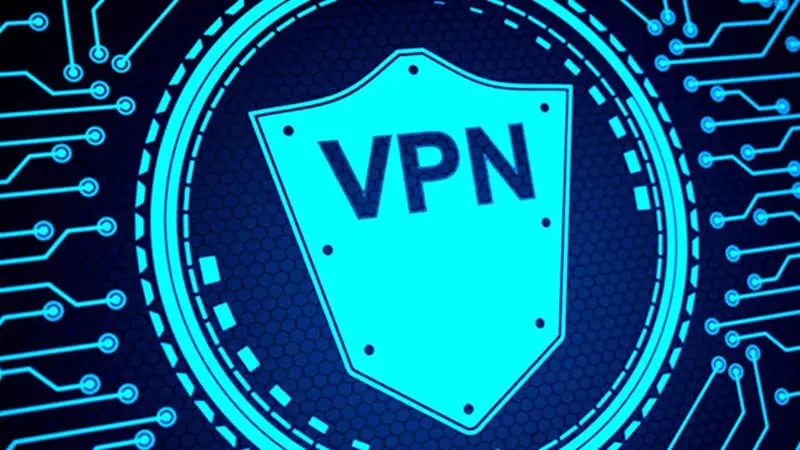The use of VPN services is very common among internet users but sometimes we face problems like no internet connection after connecting to a VPN, we are going to show you how to solve this problem.
VPNs allow us to access pages or platforms that may be geographically restricted, we can encrypt the connection when browsing public networks and hide the IP address. We have a wide variety available, both free and paid. However, sometimes problems can appear that prevent us from browsing correctly. In this article, we are going to talk about what we can do if we are connected to a VPN but there is no internet.
How to fix no internet connection after connecting to a VPN?
This is a relatively common problem. Logically, this is a frustrating problem for users. The idea of using a VPN is to be able to surf the net with greater privacy and security, despite the fact that there may be a logical speed limitation when using this type of service. However, the fact of not even being able to access the internet, not being able to use programs can lead to having to consider uninstalling the VPN.
There are several reasons that can lead to this problem. By simply changing some of the parameters of our VPN we might be able to access the internet normally. Let’s take a look at the main recommendations we can take into account.
Check that the VPN is up to date
One of the first steps we should take is to check that we are using a correctly updated VPN. Therefore, if we see that the VPN is connected but there is no internet, we should check that we are using the latest version of the program we have installed. This can also help us to avoid security problems that can be exploited by hackers to carry out their attacks.

Change servers
VPN services usually have several servers we can choose from. Perhaps the problem is related to a specific server and changing it may solve your problems. Because the main VPNs have thousands of servers available.
Choose another protocol
The VPN can use different protocols to connect to the internet. We can find OpenVPN TCP, L2TP, PPTP… To change the protocol we need to go into the options. Perhaps we are using one that does not work well and it may be better to choose another one. This could be one of the solutions to consider.
Reset the DNS
One of the steps that could also solve this problem is to reset the DNS. We can do it in Windows in a simple and fast way. To do this we have to go to Start, type Command Prompt and open it with administrator permissions. Then we have to execute the command ipconfig /flushdns.
See if the antivirus or firewall is interfering
Having security programs is a very important factor for everything to work properly. This way, we can prevent many problems. However, there are many occasions in which antivirus or firewall could be interfering and causing major problems. This could even end up with no internet connection issues even when VPN is working properly. We should therefore take a look and see if any security software is interfering or not.

Ping to check the connection
An alternative option to check the status is to perform a ping. We can, for example, ping Google. It is a simple process and we can easily see if we have a proper connection this way.
Go to Start, open the Command Prompt and this time run the command ping 8.8.8.8.8. We will see if the connection works properly.
Opt for a paid VPN
We have often talked about the danger of using free VPNs. They can be used to collect user data, compromise privacy, etc. For this reason, we have always recommended using a reliable, paid VPN that is secure and has good performance. If we are connected to a free VPN and do not have access to the internet, we can try using a paid VPN.
In short, these are some tips that we can take into account if we are connected to a VPN but do not have internet access.





